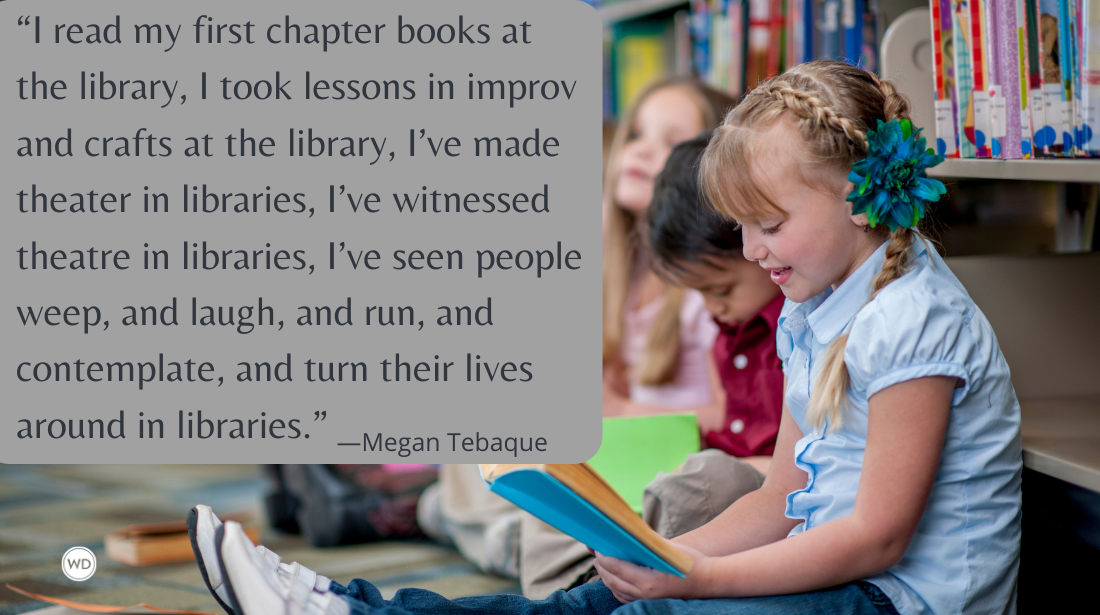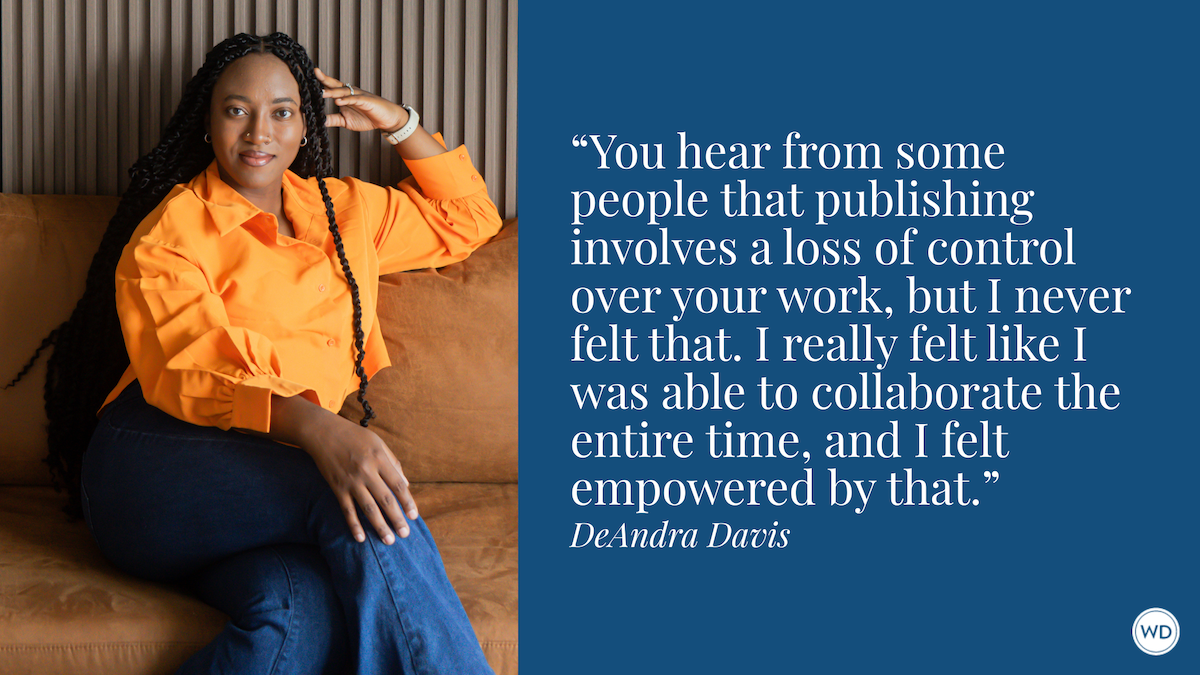Natasha Lester: On Writing History’s Forgotten Women
New York Times bestselling author Natasha Lester discusses the process of researching for and writing her new historical fiction novel, The Riviera House.
Natasha Lester worked as a marketing executive for L'Oreal before penning the New York Times and internationally bestselling novel The Paris Orphan. She is also the author of the USA Today bestseller The Paris Seamstress and The Paris Secret. When she's not writing, she loves collecting vintage fashion, traveling, reading, practicing yoga and playing with her three children. Natasha lives in Perth, Western Australia.
In this post, Natasha discusses how she researched and wrote her new historical fiction novel, The Riviera House, her love for writing about history's forgotten women, and more!
****
****
Name: Natasha Lester
Literary agent: Kevan Lyon
Book title: The Riviera House
Publisher: Forever
Expected release date: August 31, 2021
Genre/category: Historical fiction
Elevator pitch for the book (1-2 sentence pitch): Past and present collide as one woman’s work to safeguard France’s national artworks from the Nazis during World War II reveals a devastating secret for a vintage fashion collector seventy years later.
Éliane Dufort meets real life art spy Rose Valland and works with her, despite the risks, to secretly record all the priceless artworks the Nazis are stealing from France. One of those pieces is a painting that Remy Lang finds listed in Göring’s Catalogue 70 years later—a painting that’s somehow hung on her bedroom wall since she was a child.
Previous titles by the author: The Paris Seamstress, The Paris Orphan, The Paris Secret
IndieBound | Bookshop | Amazon
[WD uses affiliate links.]
What prompted you to write this book?
The inspiration behind this book is Captain Rose Valland, a woman who risked her life to save countless French artworks during World War II. She secretly recorded the details of the Nazis’ plundering, hiding her spying behind a demure exterior, acting as the quiet and almost invisible caretaker of the museum where the Nazis stored their spoils. She pretended she couldn’t understand German, when in fact she could read all the documents relating to the stolen paintings, documents she copied at great personal risk. I wrote The Riviera House to shine a light on this little-known story, and on this woman who deserves to be remembered.
How long did it take to go from idea to publication? And did the idea change during the process?
The story took two years to complete. For the first six months, I allowed the story to develop in my mind. I then spent a year writing and researching and a further six months editing with my publisher.
The finished book always ends up different from how I imagined it when first starting out. The Riviera House is told from two points of view: that of Éliane Dufort, a young Parisian art aficionado trying to save her country’s artistic heritage and survive World War II; and Remy Lang, a contemporary vintage fashionista with family secrets to unpack. Early drafts of this book included yet another point-of-view character who doesn’t actually appear in the final version. As I wrote, I discovered that her role could be subsumed by Éliane’s sister Angelique, who plays a much bigger part in the final version, and lends a greater emotional depth to the story because of her familial connection to Éliane.
Were there any surprises or learning moments in the publishing process for this title?
What’s really exciting for me is that The Riviera House will come out in both the U.S. and Australia at the same time. I’ve never had a simultaneous release (my books are usually published in Australia six months before North America), so it was lovely to achieve the same publication date. My North American readers won’t have to wait this time!
Were there any surprises in the writing process for this book?
Just how much research there was to consider. I’m used to researching intensively but this book was super-intensive! For example, the papers relating to the Nazis’ art pillaging during World War II are spread over 35 archives in ten different countries, which is a huge research challenge. I sometimes think if I’d known how hard this book would be to write, I might not have started. So I’m glad I didn’t know and that the surprise came too late for me to back out!
At times during the writing of The Riviera House I felt weighed down by how much there was to know, the obligation I had to the people who suffered, and how on earth I would compress everything into a readable and compassionate story of fewer than 130,000 words. I hope I achieved it.
What do you hope readers will get out of your book?
I love bringing to life the forgotten women of history; it’s very rewarding when readers message me after finishing one of my books to say they went and did further research to find out even more about the brave women I write about.
Also, this past COVID year has taught us all many things, and one thing I have taken away is the way art can lift the soul. It is a balm in difficult times, and the The Riviera House certainly explores that theme.
If you could share one piece of advice with other authors, what would it be?
When I started out writing books, I never dreamed that an author like me—from so far away in Perth, Western Australia—would one day be a New York Times bestselling author, with books published all over the world. If it can happen for me, it can happen for anyone. So my advice is to keep going! If you develop your talent and do the hard work, the luck will eventually find you.
Robert Lee Brewer is Senior Editor of Writer's Digest, which includes managing the content on WritersDigest.com and programming virtual conferences. He's the author of 40 Plot Twist Prompts for Writers: Writing Ideas for Bending Stories in New Directions, The Complete Guide of Poetic Forms: 100+ Poetic Form Definitions and Examples for Poets, Poem-a-Day: 365 Poetry Writing Prompts for a Year of Poeming, and more. Also, he's the editor of Writer's Market, Poet's Market, and Guide to Literary Agents. Follow him on Twitter @robertleebrewer.








